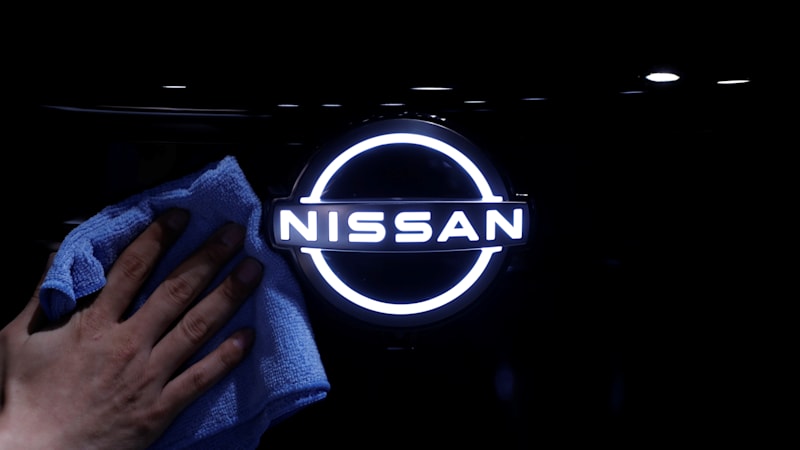TOKYO – Nissan Motor Co said Friday that it has made a breakthrough in achieving 50% thermal efficiency with its evolving e-POWER hybrid technology, which could further reduce CO2 emissions from cars.
This new thermal efficiency level would improve fuel economy by 25% over the 40% thermal efficiency level in the upcoming e-POWER engine, the company said.
“Nissan’s latest approach to engine development has raised the bar to world-leading levels and accelerates the current average range of 40% thermal efficiency in the automotive industry, making it possible to further increase vehicle CO2 emissions. reduce, “the company said in a statement.
Nissan did not announce when the e-POWER technology with 50% thermal efficiency would be launched on the market.
Toshihiro Hirai, senior vice president of the powertrain and EV engineering division at Nissan, told reporters on Friday that the automaker is maximizing the thermal efficiency of e-POWER to reduce CO2 emissions while driving.
First introduced in Japan in 2016, the e-POWER uses a petrol engine to charge a battery that powers the vehicle.
“It took 50 years to increase the thermal efficiency (of conventional engines) from 30% to 40%,” said Hirai.
“But with e-POWER we can increase it to 50% within a few years. That was the goal of the tech community,” he said, describing that level as the “ultimate, challenging goal.”
To accomplish this, Nissan said it increased gas flow and ignition in the cylinder, burning a more diluted air-fuel mixture at a high compression ratio.
“Without developing these fundamental technologies, we will not be able to achieve carbon neutrality,” said Hirai.
The carmaker said last month that all of its new models in key markets would be electrified in early 2030 to achieve carbon neutrality by 2050.
Nissan has also said it expects sales of more than a million electric vehicles per year by the end of fiscal year 2023.
